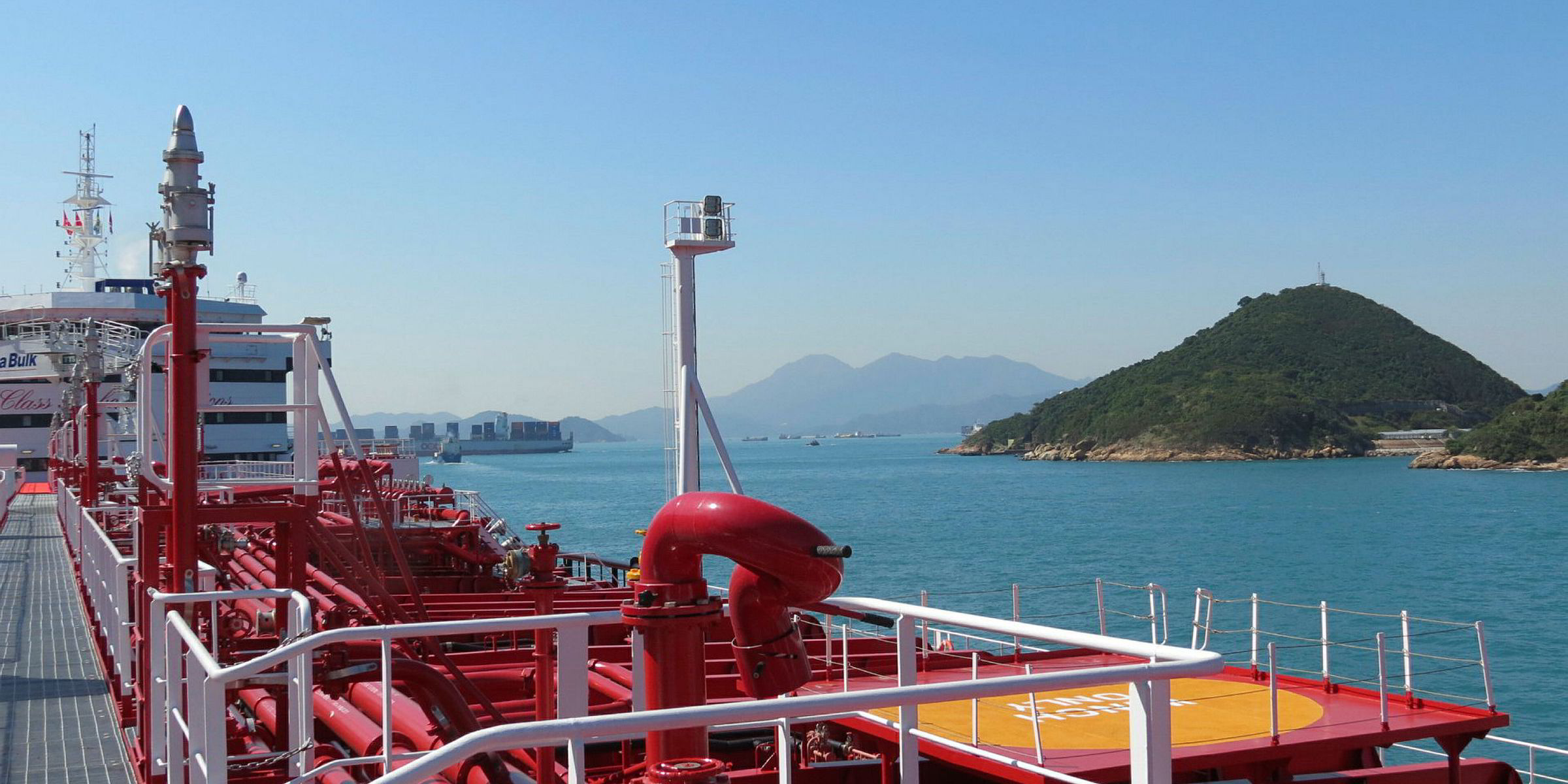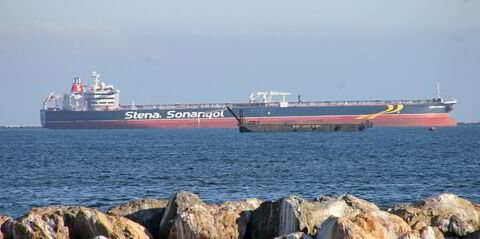The collision of a Japanese chemical tanker and a Pacific International Lines (PIL) containership just outside Hong Kong waters has left beaches closed and claims of damage to fish farms.
Hong Kong authorities say they received no warning a pollution incident was headed their way until it was too late.
Congealed palm oil cargo took two days to reach the former colony’s southern shores but that was almost as quick as the notification from the Guangdong province Marine Safety Administration, Hong Kong authorities have claimed in local press.
Nine Chinese vessels are said to have assisted in rescue efforts last Thursday night after the collision of PIL’s 2,607-teu Kota Ganteng (built 2002) with the Japanese chemical tanker in Chinese waters south of Lamma Island.
Both ships are classed by ClassNK. The Kota Ganteng is insured by the Standard P&I club and Global Apollon (built 2015) by the Japan Ship Owners' club. The 15-year-old boxship is valued by VesselsValue at $5.14m and the chemical carrier at $26.21m.
PIL’s ship has proceeded on to Singapore but the Global Marine Service (GMS) chemical carrier remains at anchor in the sheltered waters of Guishan Islands just southwest of Lamma Island, outside Hong Kong waters.
Despite the busy rescue efforts, few or no details of the incident have been offered to the public. Initial reports of a 9,000-tonne spill have drawn some scepticism. A figure of 1,000 tonnes has also been reported, but in neither case with any explanation of how the figure was determined.
A spokesman for GMS in Tokyo declined to discuss the incident, or say whether any seafarers had been injured or whether its ship was being detained by Chinese authorities.
“We cannot talk about this matter to you, anything,” said the spokesman, because the vessel was “under inspection”. GMS is led by president Makoto Kuga.
Singapore-based PIL had not responded to enquiries before TradeWinds went to press.
In Hong Kong, officials and observers are criticising the lack of clear information on the matter, but disagree on whether bad mainland-Hong Kong official communications are to blame or the cumbersome Hong Kong bureaucracy.
Meanwhile, some fear that the majority of the spill has yet to make it to shore, based on an anonymous Hong Kong official’s comments while inspecting a Lamma Island beach.
“’If you think this is bad, wait until next week when it hits the east of Hong Kong,’” Gary Stokes of maritime environmental activist organisation Sea Shepherd told TradeWinds. Stokes was quoting an unnamed senior supervisor of Hong Kong’s Food and Environmental Hygiene Department.
“That [statement] makes me think they’ve done some modelling of the currents,” he said.



